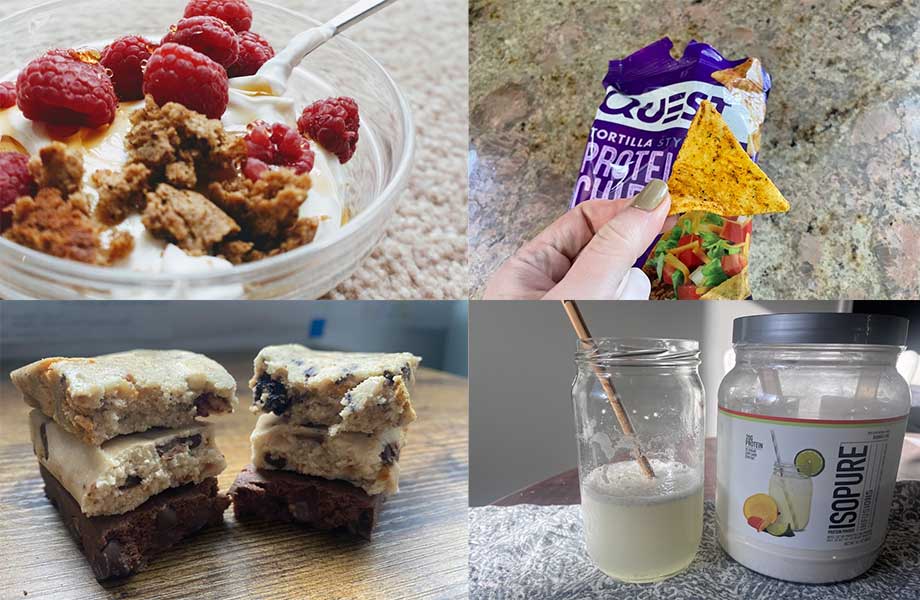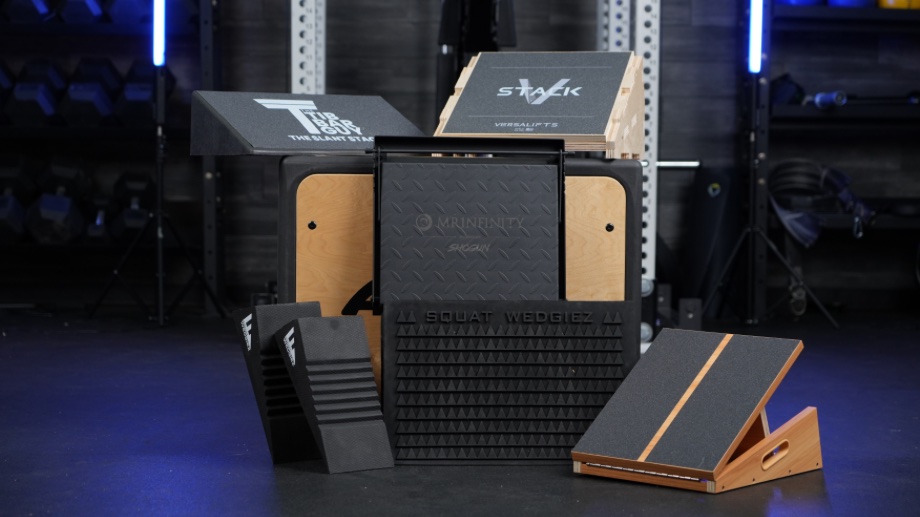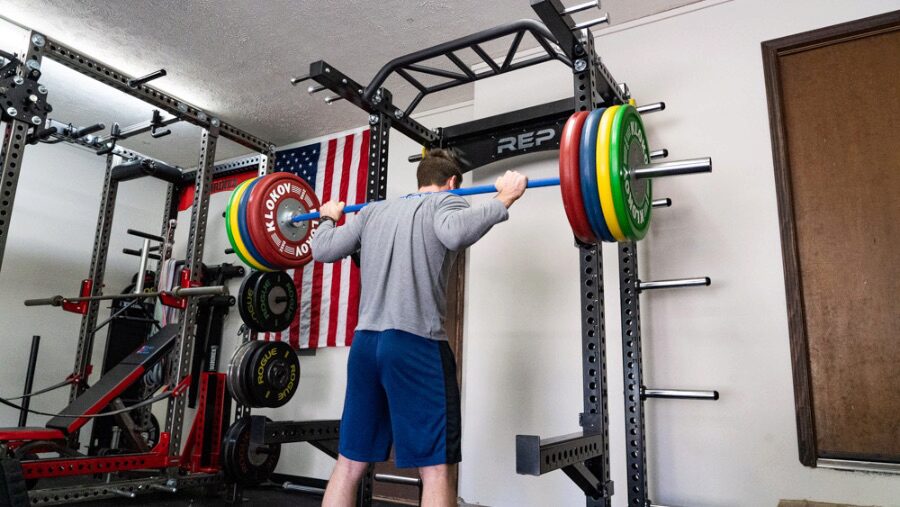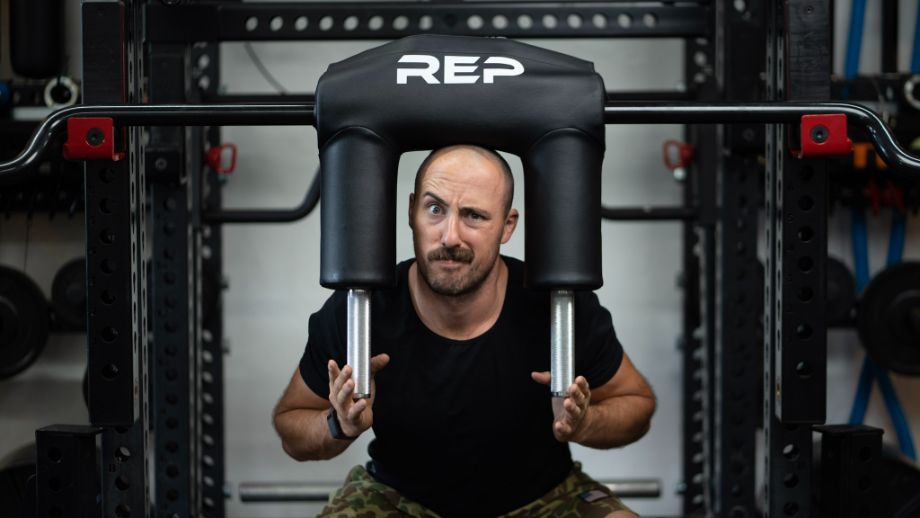When the tub has nothing left but the scoop, protein powder alternatives can come to the rescue when you still need to nail your macros for weight loss or muscle growth. It has to be said that protein smoothies (as tasty as they are) shouldn’t make up the bulk of your diet or overall protein intake, most of which should be coming from whole foods like nut butter, lean meats, and dairy products like Greek yogurt.
That said, it’s still a necessity for most individuals who are very active. However, the most common type of protein powder is whey, which poses a problem for people who are lactose intolerant or have a dairy allergy. Protein powder made from brown rice and pea protein is also an option but may lack the amino acid profile, flavor, and cost-efficiency of whey. With this in mind, we put together some of the best alternatives to protein powder out there that can be useful in a protein pinch.
Medical disclaimer: This article is intended for educational and informational purposes only. It is not intended as a substitute for medical advice. For health advice, contact a licensed healthcare provider.
What Is Protein Powder?
Protein powder is a dietary supplement and a major player in the world of sports nutrition supplements. This is because active individuals from bodybuilders to professional athletes often find themselves needing to consume many grams of protein.
When a high amount of protein is needed, protein intake can rarely be met with foods like quinoa and peanut butter alone—this is where protein powder comes in. It is most commonly processed from milk to get whey and casein protein supplements.
RELATED: Best Protein Powder for Sensitive Stomachs
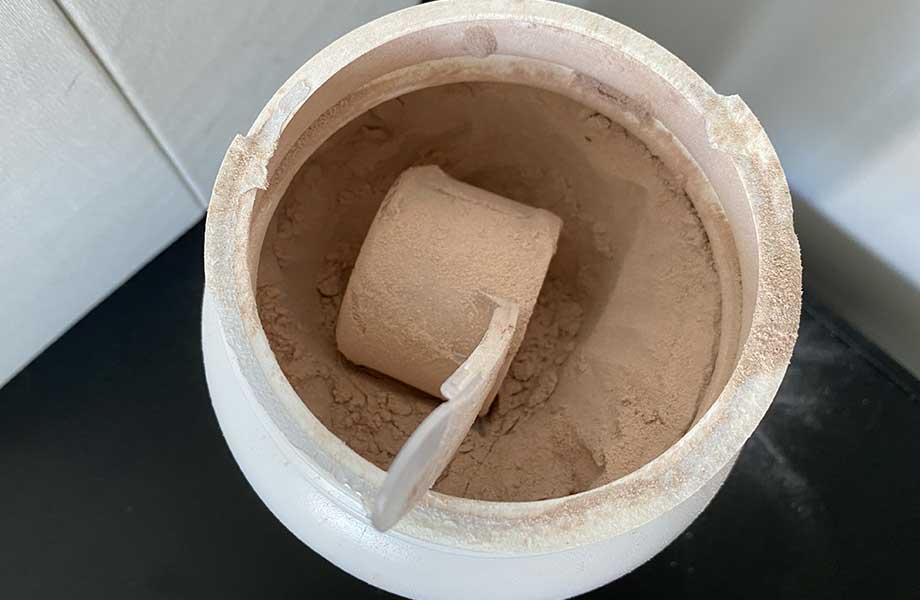
Plant-based protein can also be made from brown rice, pea protein, and soybeans. This plant protein can still be a source of essential amino acids for those who are lactose intolerant or don’t consume animal products.
To make protein powder, the protein is extracted from the aforementioned food sources to eliminate the fiber, carbs, and fat and just serve to deliver protein. This is beneficial to those who closely track their macronutrients as most active individuals strive to increase their protein intake without taking in extra calories from other macronutrients.
5 Protein Powder Alternatives
It’s safe to say that protein powder is a very handy resource if you are struggling to get the grams of protein you need from high-protein foods alone. That said, protein powder isn’t for everyone.
Whether you’ve been taking it so long you’re just sick of the stuff or you’re not a fan of mixing and blending powder daily (sometimes multiple times a day), it can get exhausting to take every time you need some extra protein. So, we came up with some of the best alternatives to protein powder that you can use to still support a high-protein diet.
Protein Bars
Now we probably all saw this being on the list. Protein bars are the natural go-to as an alternative to protein smoothies and are especially valuable to those who really just need to chew on something for once, rather than drinking their protein.
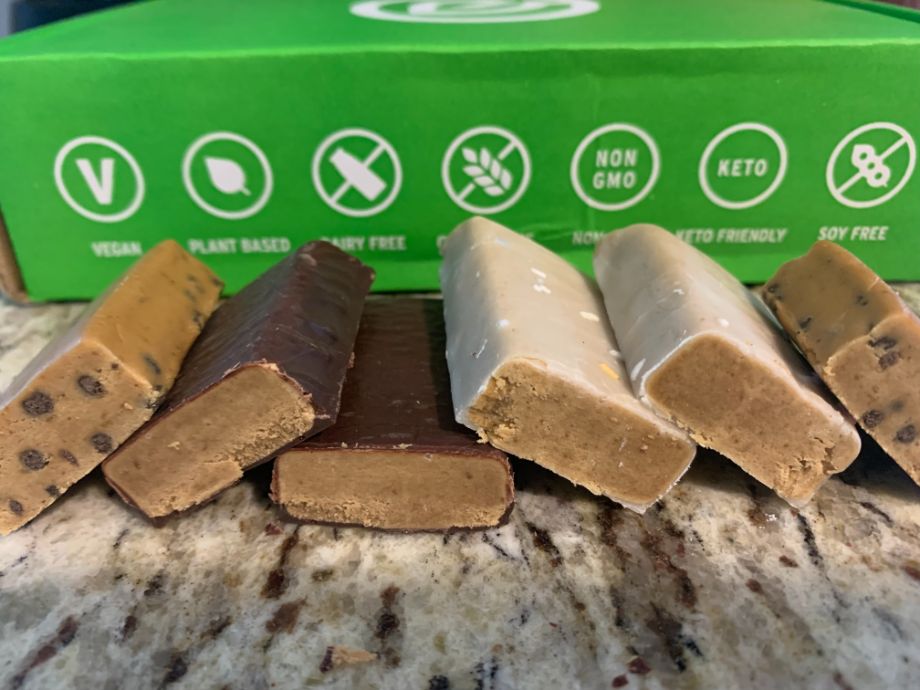
Just watch out for protein bars that have too much added sugar or use too many sugar alcohols or artificial sweeteners. The former doesn’t offer any health benefits and the latter can cause serious GI distress. Finally, if the protein bar contains fat, make sure it’s from healthy fats such as nut butter, nuts, or chia seeds. Don’t know where to look? Luckily for you, we already laid out this year’s best protein bars.
Protein Water
Protein water usually comes in the form of clear whey which is essentially whey protein isolate that’s been hydrolyzed to make it more transparent and light. It’s a great alternative to whey protein powder for those who need a break from the thick texture of protein shakes or those who have trouble digesting protein powder.
RELATED: Best Clear Whey Protein Drinks
These protein waters typically come in fruit flavors that taste like a pre-workout. As a sports dietitian, I particularly appreciate that they can play the double duty of providing a rich source of protein and improving hydration—two critical things to pay mind to as an active individual.
Low-Fat Dairy
As far as whole foods go, dairy is the next best thing to animal protein among high-quality protein sources. Milk products are a complete protein with an amino acid profile that is agreeable to building muscle and is typically easy to find and affordable. Low-fat dairy tends to be higher in protein, as there is not as much fat present to displace the grams of protein.

Dairy is also a good source of calcium, which may be beneficial to the bone health of athletes1, especially athletes in a calorie deficit for weight loss. Low- and nonfat versions of Greek yogurt and cottage cheese are wonderful protein powder alternatives, especially considering these foods are the source of high-quality protein supplements like whey protein isolate.
Protein Oatmeal
If you’ve ever wondered how much protein is in oatmeal, it ain’t very much, at least if you need a lot of extra protein. This is why protein oatmeal has risen in popularity among alternative protein sources. Among whole grains, oatmeal is a wonderful source of gluten-free carbohydrates and whole grains, so it’s great for both pre-workout fuel and post-workout recovery.
This is why many people choose to make their own protein oatmeal by mixing in whey protein powder, or even egg white protein powder, to make overnight oats. However, there are now several brands of oatmeal that widely carry protein oats that have a high protein content either from adding things like pea protein to the mix or simply using a different method of processing to increase the protein content.
Protein Chips
If you’re looking for a more indulgent snack with a high protein content that’s not another peanut butter and chocolate protein bar, protein chips are another snack on this list that can be rich in protein. One reason these are so great is because regular chips are often full of carbohydrates, but low in grams of protein resulting in the eater not staying full for long.
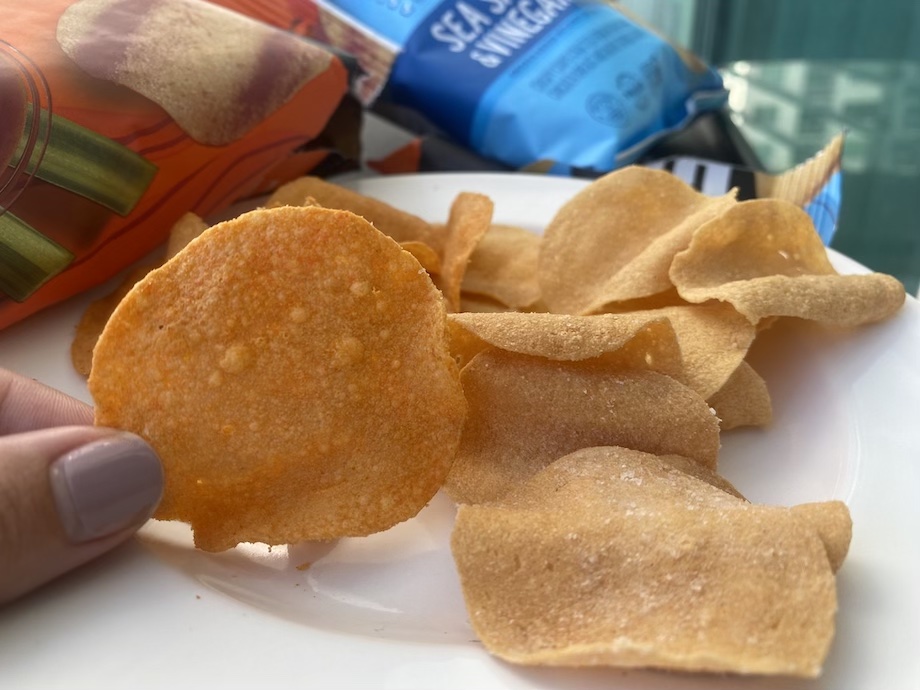
So, protein chips can help increase the amount of protein you eat and serve as a more satisfying snack between meals. When we set out to discover the best protein chips out there, we found the protein sources ranged from whey to soybeans. This makes protein chips a viable option for those who only consume vegan protein, as well.
How Much Protein Do You Need?
To assess if you even need protein powder alternatives, it’s critical for you to know how much protein you need. For the most part, the average person who eats balanced meals that have a combination of plant-based protein like lentils and chickpeas along with animal proteins like Greek yogurt and lean beef doesn’t need protein supplements.
However, for others, whole foods are simply not enough. To see if you fall under this category, let’s take a look at how much protein you may need.
The Protein Requirements of an Average Person
For the general population, the Dietary Guidelines for Americans2 recommend 0.8 grams of protein per kilogram of body weight. So, if you weigh 150 pounds, you would need 54 grams of protein per day. For those of us with a high-protein diet, this looks like a criminally low number. However, keep in mind this number is meant for those who are sedentary and is simply the minimum amount of protein needed to prevent a protein deficiency.
Based on the USDA’s recommendations, 10-35% of your daily calorie intake should come from protein on a 2,000-calorie diet. However, this is hardly a helpful guideline if you have a low calorie intake for weight loss or if your physical activity demands that you consume much more than 2,000 calories per day. Furthermore, what about those who are building muscle?
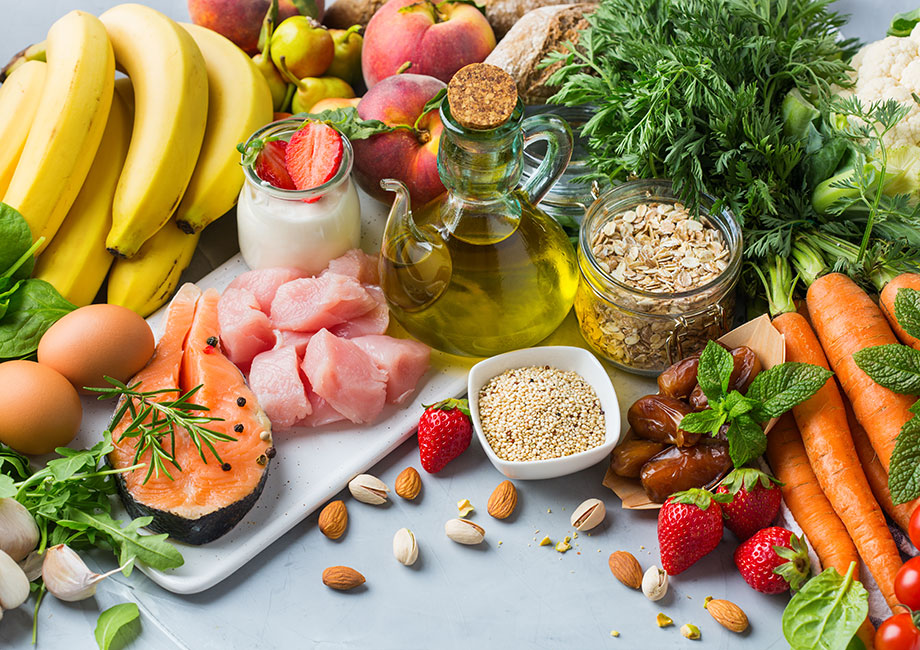
For the average healthy adult who is going for muscle growth, studies show that 1.3 grams of protein per kilogram of body weight is a more effective guideline2. Using the same example as before, if you weigh 150 pounds, this means you would need a minimum of 90 grams of protein to support muscle growth.
The Protein Requirements of an Athlete
Athletes need to have a much higher intake of protein and carbs than the general population. During intense, frequent exercise, your body requires more amino acids to repair the muscle damage. When this adaptation occurs, if the body does not receive enough protein for recovery, it becomes less efficient at building muscle, resulting in a decline in athletic performance and strength4.
With this in mind, The American College of Sports Medicine5 recommends that athletes consume about 1.6-1.8 grams of protein per kilogram of body weight. The study does mention though, and I as a sports dietitian fully agree, that many athletes will need much more than this if they already have a lot of lean mass and want to gain more muscle.
RELATED: How Much Protein Is Too Much?
This is because the body now needs enough essential amino acids to both maintain existing lean muscle tissue and gain even more. That said, the rumor you may have heard going around the gym of eating 1 gram of protein per pound of body weight isn’t just a rumor, it’s got some solid science behind it6 from the International Journal of Sports Nutrition and Exercise Metabolism.
So, this is a good starting point for most athletes, but if you want more precise guidance with your macronutrient goals, it’s always best to talk to a dietitian just to be sure.
Protein Requirements of Older Adults
Believe it or not, there are varied protein requirements by age. A big reason for this is that our muscle mass starts to decline after we turn 30. Don’t be alarmed, it’s not because you didn’t lift hard enough or protein hard enough, it’s just a natural progression of aging. After 30, we lose 3-8% of muscle tissue every decade and this process speeds up after age 607.
RELATED: How Much Protein Should I Eat to Lose Weight?
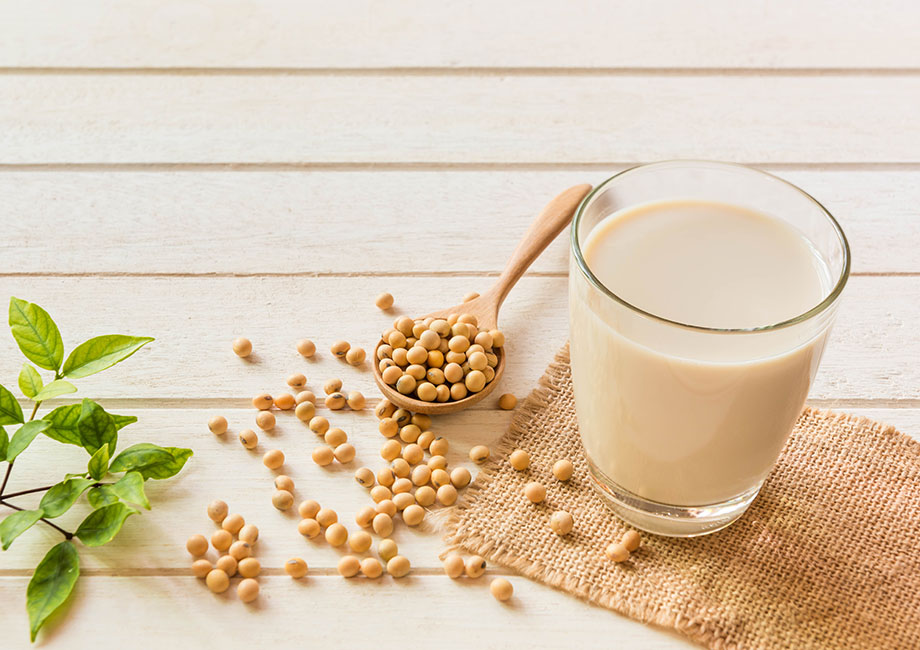
To make things even more dire, lower muscle mass is associated with lower quality of life, higher risk of falls and chronic disease, and more limited mobility8 as we get older. To mitigate these effects, studies have shown that older adults should consume 1-1.3 grams of protein per kilogram of body weight per day along with engaging in resistance exercise at least twice a week. If you weigh 150 pounds, this means 68-88 grams of protein daily.
Protein Powder Alternatives: Final Thoughts
Obviously, high-protein foods like salmon (which are also rich in omega-3 fatty acids), poultry, lean beef, lentils, and chickpeas are the best alternatives to protein powder. Food should always come first when trying to increase your intake of protein, carbohydrates, or healthy fats. However, getting some extra protein from alternative sources is sometimes necessary.
Never compromise long-term health by consuming overly processed foods and products for short-term fitness goals. As you shop around for the options we talked about, remember that the best alternatives are going to be low in added sugar and artificial ingredients, be a complete protein with all the essential amino acids, and still fit into your calorie and macro goals.
Protein Powder Alternatives: FAQs
Do you really need protein powder?
Not everybody needs protein powder. Protein supplements like whey and casein protein powder should only be utilized by those who are struggling to meet their protein needs through whole foods.
What can I use instead of protein powder?
The best alternatives to protein powder are those that contain an amino acid profile that contains essential amino acids, as most high-quality protein powders will contain this profile. Some alternatives include protein bars, protein oatmeal, and low-fat dairy products like Greek yogurt.
How can I get enough protein without protein powder?
To get enough protein without protein powder, having other fortified protein foods like protein chips and protein bars can help. Lean animal proteins like lean beef and cottage cheese along with plant protein sources like legumes and quinoa are also a good place to start before turning to supplements.
How can I make my own protein powder?
Making homemade protein powder is no easy task, but it can be done using common ingredients like oats, hemp seeds, and dried milk, depending on the recipe.
These statements have not been evaluated by the Food and Drug Administration. This product is not intended to diagnose, treat, cure, or prevent any diseases.
References
- Sale C, Elliott-Sale KJ. Nutrition and Athlete Bone Health. Sports Med. 2019;49(Suppl 2):139-151. doi:10.1007/s40279-019-01161-2
- Snetselaar LG, de Jesus JM, DeSilva DM, Stoody EE. Dietary Guidelines for Americans, 2020-2025: Understanding the Scientific Process, Guidelines, and Key Recommendations. Nutr Today. 2021;56(6):287-295. doi:10.1097/NT.0000000000000512
- Carbone JW, Pasiakos SM. Dietary Protein and Muscle Mass: Translating Science to Application and Health Benefit. Nutrients. 2019;11(5):1136. Published 2019 May 22. doi:10.3390/nu11051136
- Tipton KD, Wolfe RR. Protein and amino acids for athletes. J Sports Sci. 2004;22(1):65-79. doi:10.1080/0264041031000140554
- Stokes T, Hector AJ, Morton RW, McGlory C, Phillips SM. Recent Perspectives Regarding the Role of Dietary Protein for the Promotion of Muscle Hypertrophy with Resistance Exercise Training. Nutrients. 2018;10(2):180. Published 2018 Feb 7. doi:10.3390/nu10020180
- Helms ER, Zinn C, Rowlands DS, Brown SR. A systematic review of dietary protein during caloric restriction in resistance trained lean athletes: a case for higher intakes. Int J Sport Nutr Exerc Metab. 2014;24(2):127-138. doi:10.1123/ijsnem.2013-0054
- Volpi E, Nazemi R, Fujita S. Muscle tissue changes with aging. Curr Opin Clin Nutr Metab Care. 2004;7(4):405-410. doi:10.1097/01.mco.0000134362.76653.b2
- Li R, Xia J, Zhang XI, et al. Associations of Muscle Mass and Strength with All-Cause Mortality among US Older Adults. Med Sci Sports Exerc. 2018;50(3):458-467. doi:10.1249/MSS.0000000000001448


